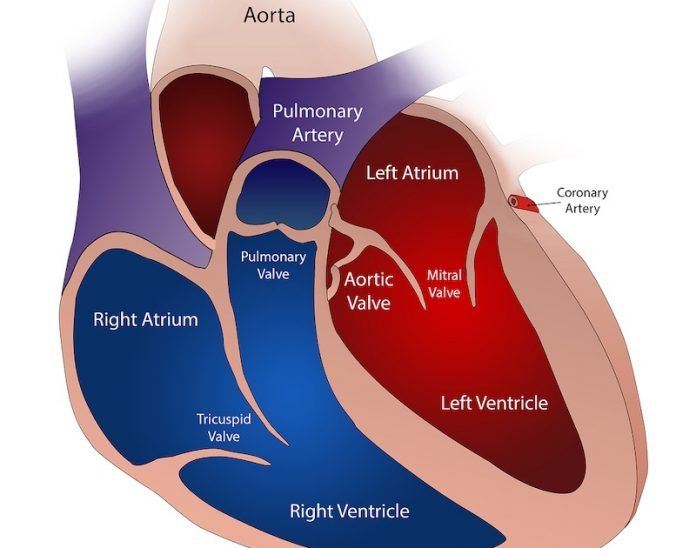
Mick Jagger reportedly underwent heart valve replacement surgery in New York last week.
His condition highlights the importance of protecting heart valve health.
Dr. Catherine Otto, a professor of medicine at the University of Washington in Seattle, provides information about heart valves and what problems they can get.
The heart has four valves, which control the direction of blood flow. The four valves are aortic valve, tricuspid valve, pulmonary valve, and mitral valve.
The two valves on the right side pump blood into the lungs. It is rare that these two valves have problems.
The health conditions often occur in the valves on the left. These two valves pump blood into the body.
Among the problems, aortic valve stenosis is the most common and most serious of valve disease problem, according to the American Heart Association.
The disease happens when the aortic valve narrows and prevents blood from the left ventricle from flowing to the aorta. It’s more common in people age 60 and older.
The main symptoms include shortness of breath, chest pain and passing out.
This disease progresses quite slowly and it often takes many years to become a life-threatening problem.
According to Dr. Mark Kozak, a cardiologist with Penn State Health, the only thing a patient can do is to report symptoms and keep in touch with a cardiologist.
It is very important to monitor and treat the disease because once the symptoms develop, it tends to be pretty rapid. Most people can die within a couple of years.
To prevent this disease, people need to exercise and eat healthily.
It’s doubly important for patients with the disease because exercise and healthy diets can help patients tolerate the surgeries and procedures they must endure.
Healthy, active lifestyles also can help doctors understand how their symptoms are progressing.
To treat the disease, valve replacement is the only effective method. Currently, doctors use a less invasive valve replacement procedure called transcatheter aortic valve replacement (TAVR).
The procedure uses a hollow tube that is inserted at an access point in the body, usually the leg or the chest.
The tube is guided through the blood vessels and into the aortic valve to help the replacement valve to be securely placed.
Most patients receiving the treatment go home the next day and the recovery takes about 72 hours.
The researcher suggests that this treatment can help patients recover fast, especially for patients who are 80 or older.
Copyright © 2019 Knowridge Science Report. All rights reserved.



